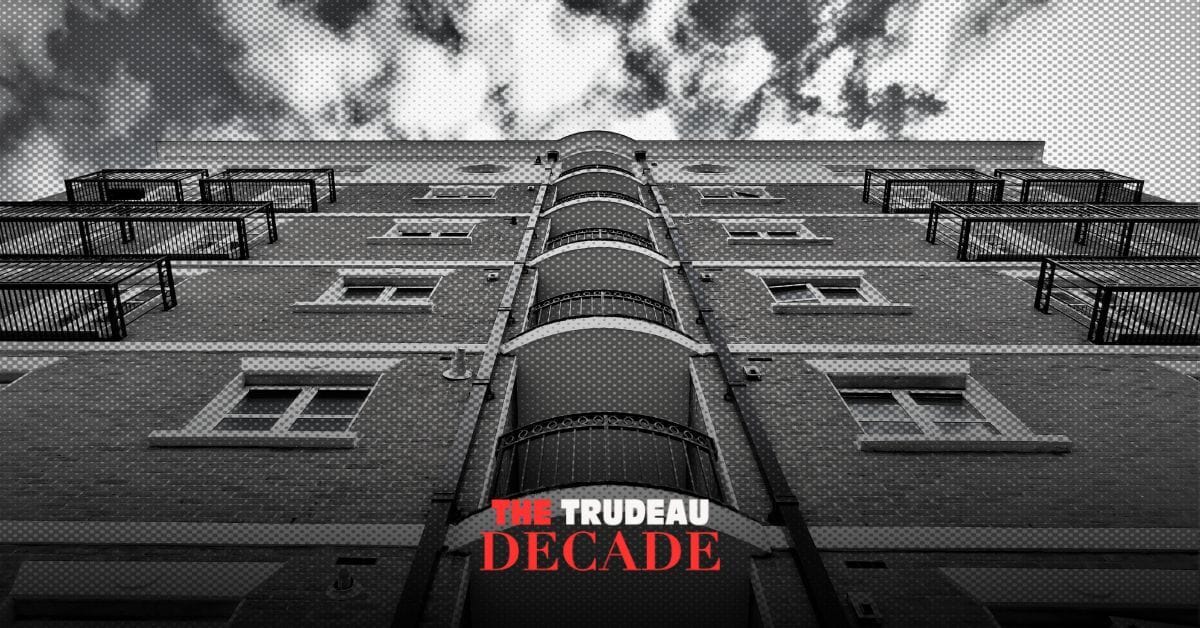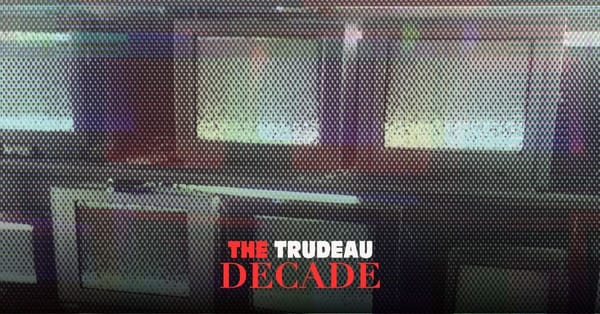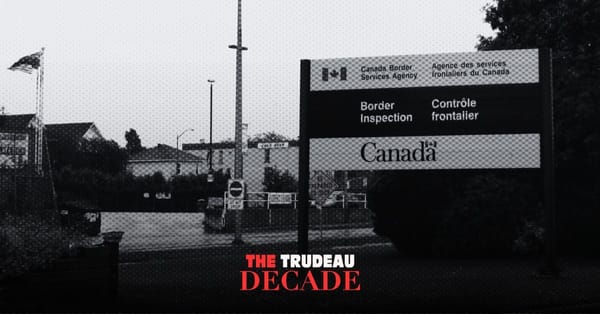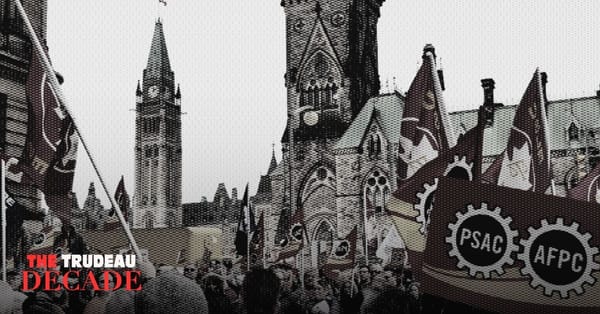
Where We Are
Last month, the Canadian Press named the housing crisis as the top news story of 2024.
Housing is an issue that can’t be escaped. Renters (particularly the disabled, seniors and racialized people) are getting hammered, paying larger shares of their income on rent as increases outpace wage growth. Homeowners, particularly newer ones, are seeing higher interest rates eat into their income and sometimes forcing them to sell their property.
From 2001 until a couple years ago, Canada saw relentless increases in housing prices (rent and ownership) fuelled by low interest rates, cheap money, and an investor stampede into the global housing market. High inflation in 2022 led to an increase in interest rates, finally popping the bubble, but home prices and rents remain ridiculously high all over.
While some have described the impact of these new housing costs as a crisis, others have also pointed out that it’s happening by design.
For example, higher rents and mortgage interest rates have eaten up larger portions of income, reducing buying in other areas and leading to increases in poverty. Canadian food bank usage has soared, while many of the encampments you see today in urban parks didn’t exist a few years ago. And yet, industry and property owners have enjoyed a golden age of profit. Those in the real estate industry (including developers, landlords, speculators, agents, insurance companies and finance) have benefited tremendously, as have some homeowners whose houses have become worth much more in recent years.
Sadly, they have all been getting wealthy off the backs of those who now feel permanently shut out of the housing market because they lack access to generational wealth. And there’s been little organized opposition to these changes happening at the national level.
How We Got Here
Our current political housing period started in 1993. Canadian Liberals followed in the footsteps of most of their neoliberal counterparts around the world, bringing in intense cuts to domestic housing programs and turning the construction of housing over to private capital.
While the Canadian government always used private companies in the development of housing, Canada Mortgage and Housing Corporation housing supply programs, introduced in 1946, at least incentivized the types of housing we wanted built, which was a common government approach to core infrastructure after the Second World War.
Developers were allowed to make profit, but the government used a blend of tax incentives, cheap financing and direct funding to ensure that what needed to be built (such as four-bedroom units and remote housing) was more profitable than other forms of housing.
The Liberals killed those programs in 1993, essentially privatizing the construction of housing units. Developers built whatever sold the most and fastest, with the least liability, which meant lots of smaller condo units and single family homes, but little else.
After the 2008 sub-prime mortgage crash in the United States, all the hot and speculative money that had poured into real estate there started shifting into other markets around the world, driven by a global policy of reducing interest rates. The market in Canada, like in other countries, took off.
The return of the Liberals to power in 2015 has basically been a continuation of the years from Jean Chrétien to Stephen Harper: not a lot gets built unless the industry wants it to be.
The Trudeau Liberals returned the feds to the housing file with their 2017 National Housing Strategy, which saw them provide mostly cheap loans to landlords to build more rental units. Their 2023 Accelerator Fund, meanwhile, gives money to municipalities that want to build housing if they make policy changes, provide incentives to landlords, etc.
The Bank of Canada took on billions of dollars in insured mortgages during the pandemic to help prevent a crash. Despite polls calling for major action on housing, the Liberal Renters’ Bill of Rights was a complete dud, promising no substantial action or programs.
The result of these changes has been more units built than in decades. But these are still small-potato programs compared to what came before 1993, and are in effect industry giveaways (in the form of tax write offs, GST exemptions, and cheap loans), always designed to be too small to lead to a decrease in housing prices.
Where We’re Headed
While the Liberals haven’t done much in housing since 2015, they also didn’t exactly receive much pressure to do so at an organized, national level. There’s been strong local and regional organizing in the tenant and housing community across Canada, but compared to counterparts in Europe, national-level organizing remains weak. Currently there are no prominent national social movements pushing specific solutions to the housing crisis. The housing plans being proposed by most federal parties are mostly made up of ideas from developers. Industry needs still dominate.
Rents and housing prices have begun to creep down. Private capital tends to create boom and bust cycles, and things have busted out. Lots of housing has been built for investors in Toronto over the past several years, which was often gobbled up by insatiable demand from investors who wanted to build a housing portfolio, run a short-term rental empire or engage in flipping. The recent increase in interest rates and heavier public scrutiny means these units are often hitting the rental market instead.
Unfortunately, none of this is enough to drive prices down significantly, and the whole system is designed to prevent that from happening. The private sector will never build enough to cause prices to fall, as they know they lose money if they build too much. The government will likely continue to fully back the real estate and financial sectors in whatever ways they want.
Developers and homeowners broadly want to see prices continue to increase, so we can expect a battle between those that want high interest rates to tame inflation and those that want it low to help force a return to cheap money and high housing prices. Team ‘keep prices high’ has many friends in Ottawa — landlords and real estate investors are well represented on Parliament Hill.
It’s likely that Conservative Party Leader Pierre Poilievre will become the next prime minister of Canada. We can expect even the limited gains brought about by Liberal housing programs to be scaled back by his government, perhaps even against the wishes of his own MPs. Poilievre will continue the Liberal tradition of doing whatever industry wants, but likely with more deference to it.
We can also expect a continued attack on municipal zoning bylaws that restrict what they can build and where, setting up public fights with cities to make zoning easier for industry, even with legitimate public opposition. In addition, we can expect suggested “solutions” to “reduce red tape” to come from industry and the financial sectors on housing development.
What we shouldn’t expect is for housing and rental prices to come down, at least not by much.
More From The Trudeau Decade Series
















